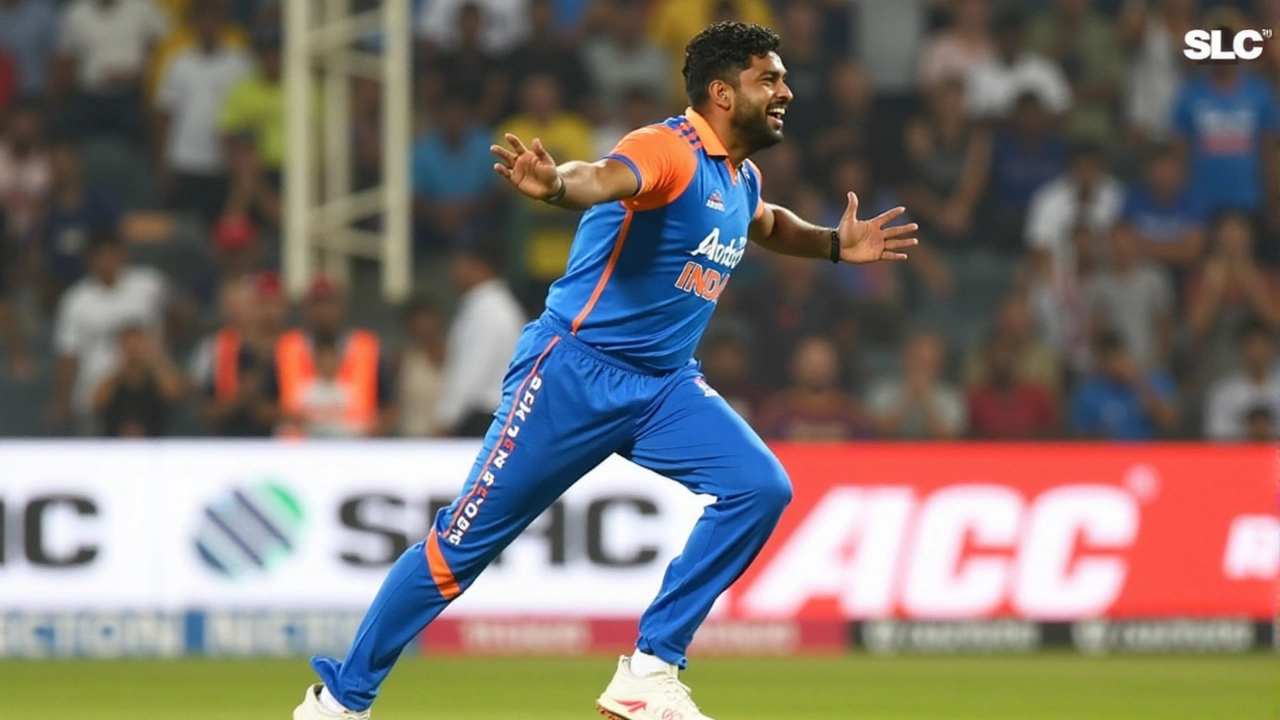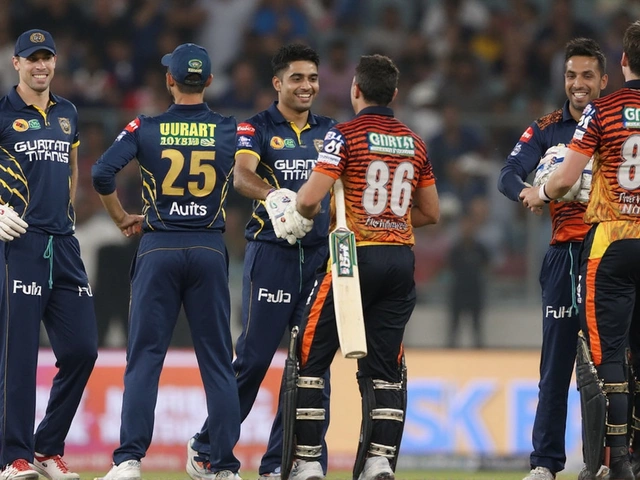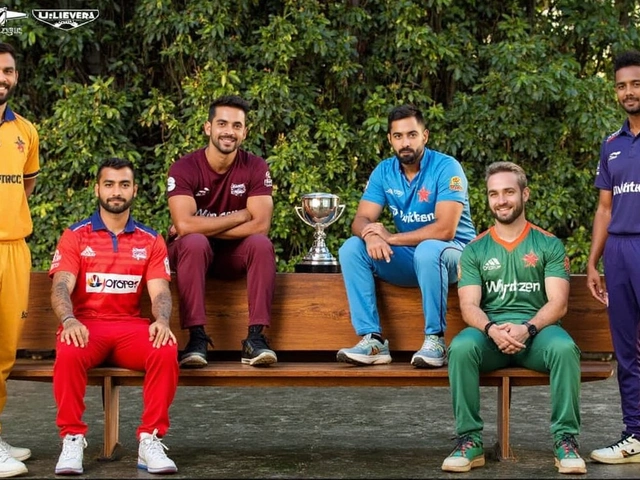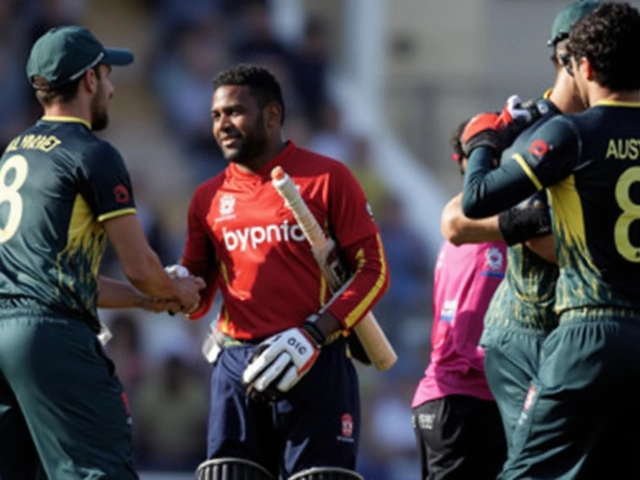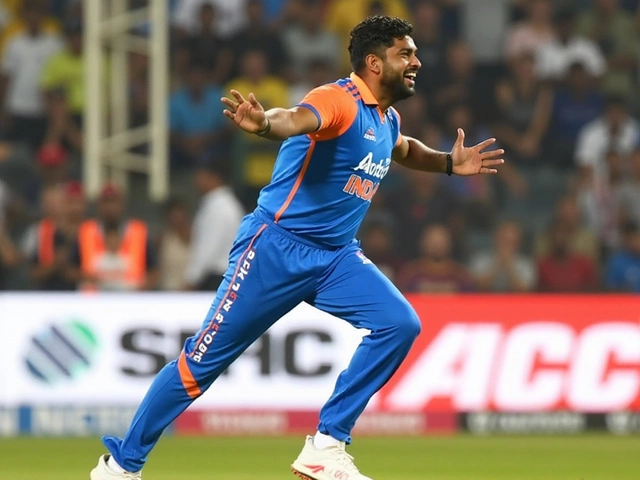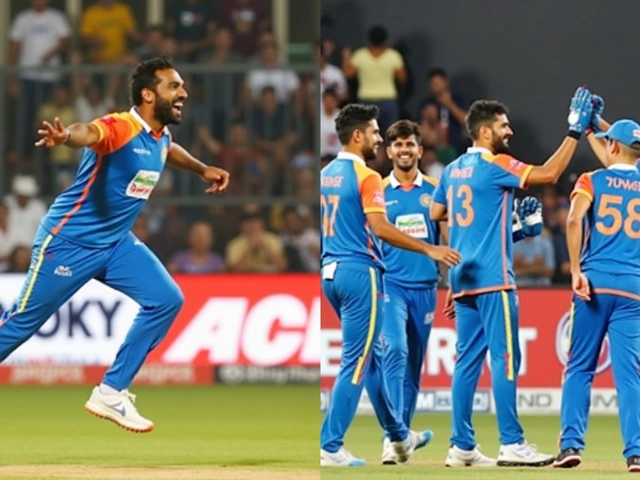The Concussion Substitute Rule and Its Increasing Influence in Cricket
Cricket, a sport rooted in tradition and meticulous rules, has progressively evolved to accommodate modern challenges. One such adaptation is the concussion substitute rule, designed to prioritize players' safety following a head injury. This rule allows a player to be replaced if they suffer a concussion during play, ensuring the injured individual doesn't risk further harm. However, its application isn't without controversy, as demonstrated by the recent T20I match between India and England.
The Incident: Harshit Rana's Controversial Substitution
During the T20I series, Shivam Dube, India’s all-rounder, was struck on the helmet, necessitating medical evaluation and eventual substitution under the concussion protocol. Harshit Rana, a debutant pacer, was called in as his replacement. The substitution sparked contention primarily due to the distinction in player roles—Dube being an all-rounder while Rana is a specialized bowler. England’s captain Jos Buttler contested the decision, pointing out that such a switch disrupted the balance that the concussion substitute rule aims to maintain.
ICC Concussion Substitute Guidelines: A Closer Look
The International Cricket Council's (ICC) guidelines are intended to maintain fairness while allowing for necessary player safety protocols. According to section 1.2.7, the replacement should be considered a like-for-like substitution ideally not providing a competitive advantage. Yet, assessing 'like-for-like' involves subjective judgment, given the various skills and strategic roles players can offer. The incident with Harshit Rana highlighted the complexities inherent in adjudicating these situations, reflecting tension even within established guidelines.
The Debate: Balancing Safety and Fairness
Debate ignited post-match not solely on the grounds of rule interpretation, but also concerning the broader issue of ensuring player safety while maintaining competitive equity. Players' health undoubtedly requires utmost priority. Nonetheless, implementing this without undermining fair competition remains a challenge. Even when safety protocols are strictly adhered to, as in India’s provision of Rana, dispute can arise over perceived competitive imbalances.
Historical Context: Examining Past Precedents
This instance is not isolated within the annals of cricketing history. Previously, India used the concussion substitute rule during a 2020 match against Australia, where Yuzvendra Chahal replaced Ravindra Jadeja. Such occurrences underline recurrent scrutiny related to concussion protocols, echoing broader sports debates. Historically, evolving rules across various sports reflect continuous adjustments aimed at prioritizing player welfare without compromising integrity of the competition.
Game Strategy and the Role of Concussion Substitutes
Cricket's strategic dimensions expand with the inclusion of concussion substitutes. Teams might anticipate strategic advantages or dilemmas based on available substitutes, a factor evident in Harshit Rana’s debut performance, where his bowling played a crucial role in carving victory for India. Such strategic maneuvers, though falling within regulatory boundaries, highlight intersections between player welfare and tactical innovation within cricket.
The Broader Impact on Cricket’s Future
Navigating the future, cricket must continue refining its approach to concussion substitutes. Key to this is ensuring guidelines and applications consistently align with ethical and competitive fairness. As sports evolve, mechanisms like video analysis and enhanced medical protocols are likely to increasingly integrate, reinforcing rule adherence. Ongoing debates such as those prompted by Rana's substitution prompt necessary dialogue on how cricket can best preserve its integrity while championing player safety.
Expert Opinions and Perspectives
Pundits and experts continue to weigh in, offering varying perspectives on the substitution debate. Some advocate stricter parameters to ensure stricter 'like-for-like' substitutions, while others emphasize the need for broader interpretations to facilitate better compliance with modern game demands. These discussions reveal the nuanced complexities at play, emphasizing the multifaceted nature of implementing safety protocols alongside maintaining fair competition.
Conclusion: Future Pathways
As cricket adapts to present-day challenges, the controversy around Harshit Rana’s substitution underscores a crucial aspect of the sport’s evolution. Ensuring player safety without undermining competitive equity remains central to cricket's future. Considering the challenging dynamics seen during the India-England series, ongoing refinement of the concussion substitute rule and its application appears inevitable. Such refinement aims to safeguard players while preserving the time-honored traditions of this beloved sport.
